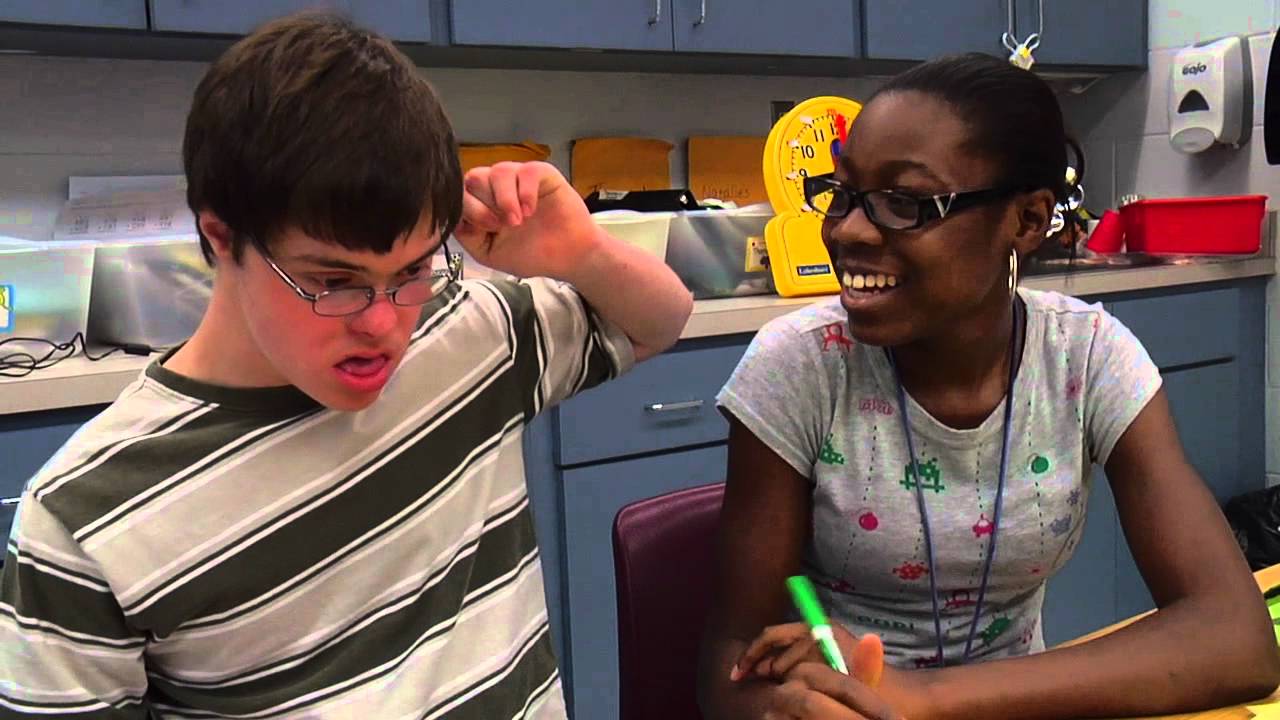Peer-mediated instruction (PMI) is a method in special education where peers of the target students are trained to give necessary tutoring in educational, behavioral, and/or social concerns (Chan et al., 2009).
In PMI, peers may mediate by modeling appropriate behavior themselves, using prompting procedures to stimulate appropriate behavior from the target students, and reinforcing appropriate behavior when it occurs. The peer tutors are selected from the target students’ classrooms, trained to mediate and closely observed during mediation. Among the benefits noted to the technique, it takes advantage of the positive potential of peer pressure and may incorporate target students more fully in their peer group. In contrast, it is time consuming to implement and presents difficulties in making sure that the peers follow proper techniques. However, studies have suggested it may be an effective technique for a wide range of students, including those with Autism spectrum disorders.
Procedure
A student or students will be selected from the target student’s classroom to serve as a peer tutor. Garrison-Harrell et al. (as cited in Chan et al., 2009) suggested a systematic way to choosing the peers to be involved in the treatment based on social status and teacher judgment. Students were asked to list three peers they would like to play with on the playground, three peers they would invite to a party, and three peers they consider to be good friends. Teachers reviewed the top candidates, and selected the tutors based on social skills, language skills, school attendance and classroom behavior.
The student or students chosen as peers must be accurately coached before the peer relationship begins, both to understand the significance of the intervention and the methods which should be used. Instructors may model behaviors to the peer tutors and may role play with the peer tutors, letting the peer tutors to experience both parts in the PMI relationship. Other ways for training could include visual aids, reinforcement for correct implementation, instruction manuals and video instructions. Once the PMI relationship begins, the teacher provides on-going feedback, watching the peer at all times while the intervention is being used. (Chan et al., 2009).
Strengths
- There is never a lack of peers to use, especially when applying an intervention in a school or classroom.
- Students are influenced through observational learning by what they see their peers doing.
- Students are often less intimidated by a peer than they are a teacher, which makes instruction and feedback from peers possibly more effective.
- It may not only provide short-term intervention benefits, but can also strengthen the target student’s social ties within the classroom.
- Research has been conducted with many different types of learners, including students with learning disabilities, behavior disorders and attention deficit hyperactivity disorder, which show that PMI may be effective for a wide range of students.
Limitations:
- It is time consuming and sometimes challenging to implement, particularly as the tutoring is being performed by children rather than trained professionals.
- The studies reviewed had no data on how faithfully the peer tutors followed intervention procedures.
Application to General Education classroom settings
Varying forms of Peer Mediated Instruction and Interventions have been done in a great range of settings over the decades. Research has been conducted in educational and non-educational environments with positive outcomes in each. It is important to note that PMII strategies are not limited or inclusive to education or special education, but have been found to be effective in each-as well as inclusive classroom settings.
Characteristics of Peer Mediated Instruction.
- Expectations for student learning. Teachers should form high expectation levels. No students are expected to fall below the level of learning required to be successful at the next level of education.
- Careful orientation to lessons. Teachers must clearly present the relationship of a current lesson to previous study. Students are reminded of key concepts or skills previously covered.
- Clear and focused instructions to participants.
- Close teacher monitoring of student progress. Regular formal and informal monitoring of student learning by teachers. Teachers must require that students are accountable for their product and learning.
- Re-teach. If students show signs of confusion, misinterpretation or misunderstanding, the teacher must be responsible to teach again.
- Use class time for learning. Students must pace themselves and should be monitored for task completion.
- Positive and personal teacher and student interaction. Cooperative Learning and Peer Tutoring Strategies are instruction methods of choice in many classrooms as they are noted for preventing and easing many social problems connected to children, adolescents, and young adults.
